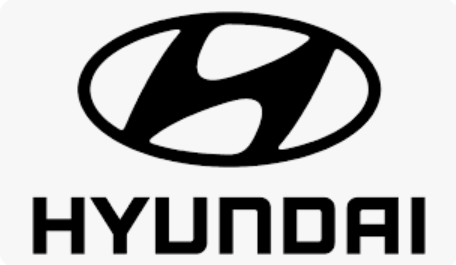International Steel Mills

Steel Imports Concern for EUROFER
Written by Sandy Williams
February 7, 2015
EUROFER, the European Steel Association, says high levels of steel imports into the European market are “distorting traditional steel trade flows.” Steel imports into the European Union (EU) rose by more than 14 percent.
EU steel use grew hesitantly in the second half of 2014, rising just 3.3 percent in 2014. “Weak business conditions in EU core markets France and Italy and slowing growth in almost all large emerging economies as well as Russian trade sanctions acted as a drag on output growth,” said EUROFER.
The steel market in the EU is expected to slowly strengthen in 2015-2016. Apparent consumption is expected to rise 1.9 percent this year and 2.6 percent in 2016, driven by stronger demand and modest restocking of inventories in the supply chain and at end-users.
The EU economy should benefit from the weaker Euro and low oil prices said EUROFER Director General Axel Eggert. “ECB’s quantitative easing programme and the Junckers investment plan should for the time being at least have a positive impact on sentiment. All in all, we expect to see a positive impact on exports, domestic demand and investment in particular.”
Eggert added that downside risks and uncertainties continue to exist. High import pressure from production oversupply is “fueling competition and depressing prices and profit margins.” EUROFER fears Russian exports may rise sharply as Russian steel mills look to the EU to offset sluggish domestic sales.
The full Economic & Steel Market Outlook 2015-2016 report may be found at the EUROFER website http://eurofer.org

Sandy Williams
Read more from Sandy WilliamsLatest in International Steel Mills

POSCO mulls teaming up with Hyundai on Louisiana mill
South Korea’s POSCO is eyeing linking up with Hyundai Steel in the project to build a steel plant in Louisiana, according to media reports.

Global steel production edges lower in February
February’s global raw steel output is tied with last December's for the fourth-lowest monthly production rate recorded over the past two years.

Japanese PM cites ‘unjust political interference’ in Nippon/USS deal: Report
Japan’s Prime Minister Shigeru Ishiba said on Monday that former President Joe Biden’s decision to block Nippon Steel’s buy of U.S. Steel was “unjust political interference,” according to a report in Reuters. This comes after another Reuters report on Friday saying that President Trump would not object to Nippon taking a minority stake in the […]

Opening briefs filed in Nippon/USS lawsuit vs. US government
Together, Nippon Steel, Nippon Steel North America, and U.S. Steel announced the filing of their opening brief in their litigation to invalidate the government’s decision to block their announced merger. The brief lays out “how President Biden made a predetermined decision for political reasons, not national security, causing CFIUS to engage in a sham review […]

Hyundai mulls building $6B sheet steel mill in southern US
Hyundai Motor Group is reportedly considering building a sheet steel mill just south of Baton Rouge, La.
